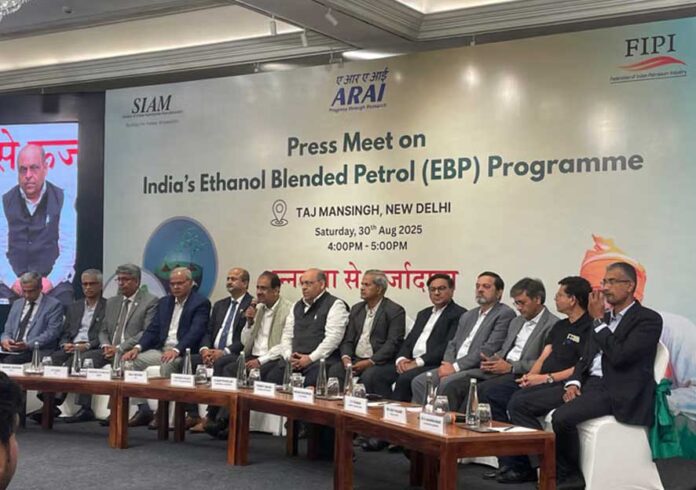
Amid growing concerns over the impact of E20 fuel on older vehicles, the Indian auto industry has clarified that manufacturers will honour warranties even if the vehicle’s user manual advises against using petrol with more than 10% ethanol content.
Senior executives from the Society of Indian Automobile Manufacturers (SIAM), which represents vehicle manufacturers in India, addressed the issue at a press conference on Saturday, aiming to reassure consumers about the shift to E20 fuel.
As India pushes forward with its ambitious ethanol blending program, the nationwide rollout of petrol blended with 20% ethanol (E20) has raised questions about its compatibility with older vehicles. Many owners fear that engine damage, performance issues, or reduced mileage could occur—and that such issues might not be covered under existing warranties.
These concerns are especially pressing for vehicles whose manuals explicitly recommend avoiding fuel with more than 10% ethanol. Some owners worry they could face costly repairs due to fuel-related issues not covered by their manufacturer’s warranty. Additionally, fears around decreased fuel economy and shortened engine life have amplified public skepticism about E20.
The issue gained legal traction when a Public Interest Litigation (PIL) was filed in the Supreme Court, challenging the government’s ethanol-blending mandate. The PIL, which is scheduled to be heard on September 1, 2025, by a bench led by Chief Justice BR Gavai, seeks to ensure consumer choice at fuel stations—specifically the availability of E0 or E10 alongside E20—and calls for mandatory labelling of ethanol content at pumps. It also raises concerns about the disproportionate impact on owners of vehicles not designed for higher ethanol blends.
In response to mounting public scrutiny, the Ministry of Petroleum and Natural Gas issued a statement on social media clarifying the fuel economy impact. According to the ministry, vehicles calibrated for E10 may see a marginal drop in mileage of 1–2%, while vehicles not designed for ethanol use could experience a reduction of 3–6%.
The situation underscores the broader challenge of balancing India’s climate and energy goals with the real-world concerns of consumers and automakers navigating the transition to cleaner fuels.







